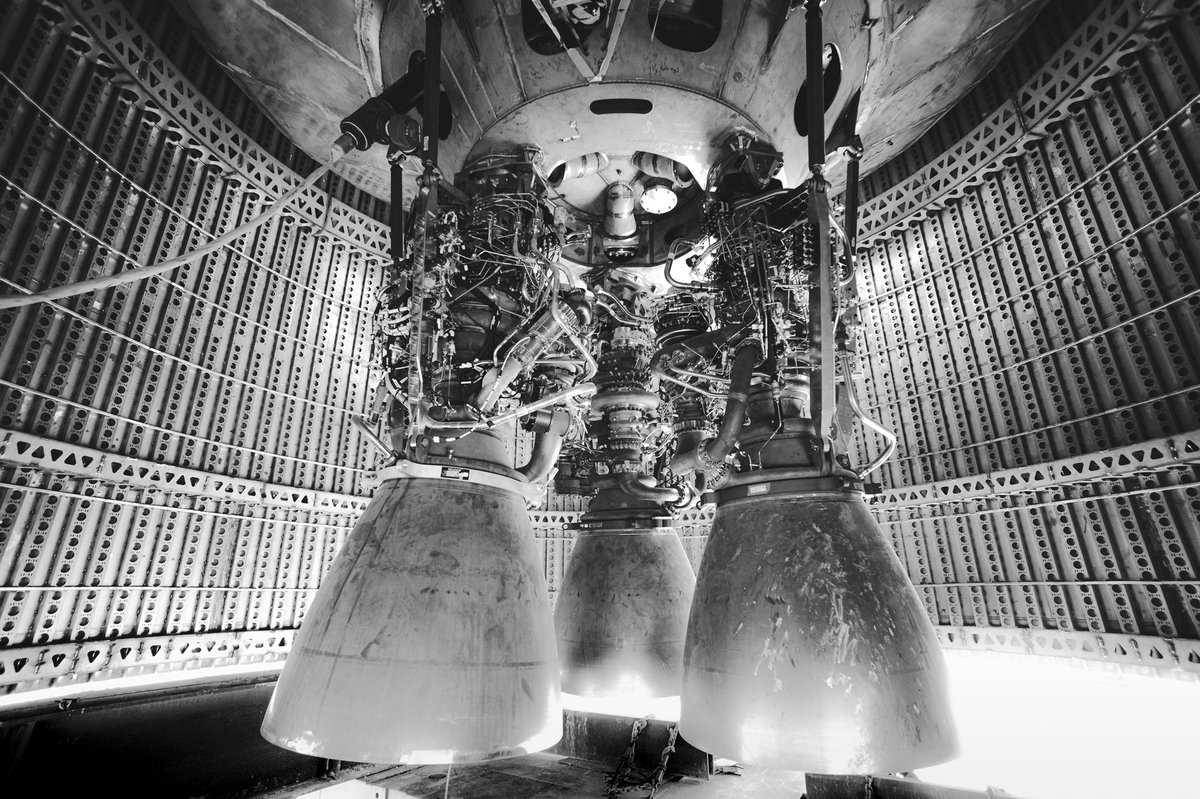SpaceX Shows ‘Starship’ Mars Rocket Prototype

Giant stainless-steel space vehicle is set to begin tests in the coming weeks, as SpaceX system for delivering crew to orbit remains ‘years behind schedule’
SpaceX and Tesla head Elon Musk has shown a prototype for a rocket designed to take humans to the Moon and Mars, which he said should begin tests within the next few weeks.
The Starship Mk1 is designed to be capable of ferrying dozens of passengers to the Moon and Mars, in line with a long-term NASA project called Artemis.
It is designed to ultimately be used with the Super Heavy booster rocket.
But Musk said the 50m-tall Starship is set to begin high-altitude tests on its own in the next one to two months.

Prototype
“So this thing is going to take off, fly to 65,000ft, about 20km, and come back and land,” Musk told a crowd of space enthusiasts and reporters on Saturday night. “It’s really going be pretty epic.”
The Mk3 Starship is planned to go into orbit on a test flight as early as next year, flying atop a Starship booster. The two together would stand 118m tall, with both components being fully reusable.
“We want to try to reach orbit in less than six months,” Musk said. “I think that is accurate to within a few months.”
Musk has already signed up his first commercial passenger, Japanese billionaire Yusaku Maezawa, who wants to fly around the Moon and back with a group of artists.
Speaking at SpaceX’s Boca Chica, Texas test site, Musk outlined the latest events in Starship’s development, including a switch from carbon fibre to stainless steel, which he said was due partly to cost and partly to the performance of steel.

Raptor engines
He said the Mk1 prototype has three Raptor engines, while later versions will have six.
The Super Heavy booster is planned to fire an incredible 37 Raptor engines simultaneously.
Due to the potential for disruption to residents of the nearby village of Boca Chica, a few miles away from the border with Mexico, Musk said SpaceX has made offers to residents to buy them all out.
Musk also responded to criticism that focusing on manned missions to celestial bodies is not relevant to terrestrial concerns.
“We also need things that make us excited to be alive, that make us glad to wake up in the morning and be fired up about the future, and to think, yeah, the future is going to be great,” he said. “Space exploration is one of those things.”

Orbital systems
NASA administrator Jim Bridenstine pointed out that while SpaceX plays up Starship, the company is “years behind schedule” with commitments to build a system for delivering NASA crews into orbit.
“NASA expects to see the same level of enthusiasm focused on the investments of the American taxpayer,” Bridenstine said in a Friday night statement.
NASA has not launched crew into orbit from US soil since 2011, instead using Russian Soyuz rockets to deliver humans to the International Space Station.
Musk responded that the company’s resources are “overwhelmingly” focused on the systems for taking crew into orbit, Falcon and Dragon, with Starship and Super Heavy taking less than 5 percent of SpaceX’s resources.
